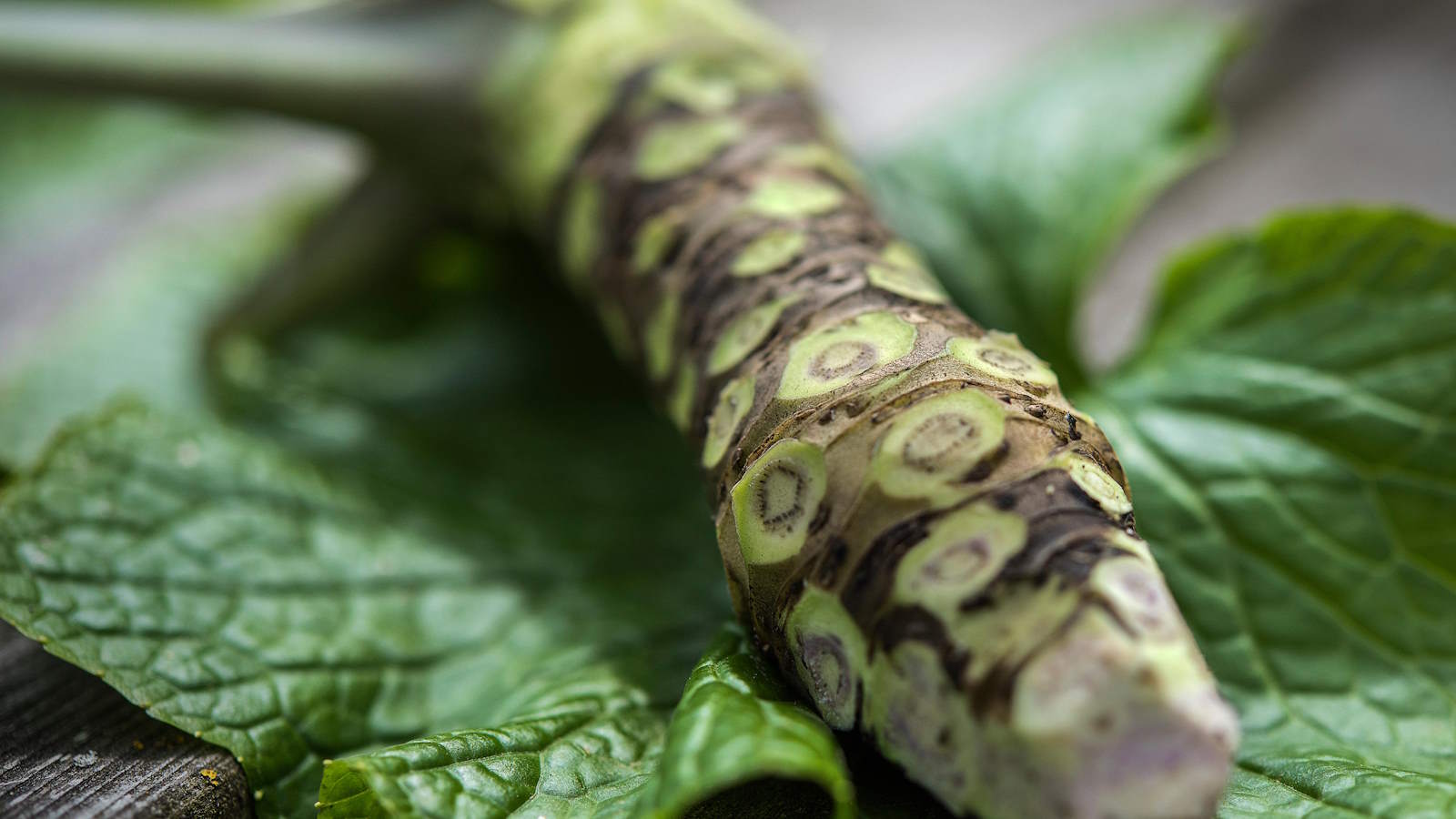
Wasabi is a notoriously delicate plant to grow and get a harvest from. It may be tricky to get the ideal conditions just right and require a bit of care and patience to get a crop, but growing wasabi can be very satisfying when done correctly.
While it may be a unique and rewarding experience to grow wasabi, it's also a test of a grower's self-restraint and skill as it can take years from planting to being ready to pick. The good news is that you can get a varied and long harvest from the plants.
Wasabi is edible at all stages and that brings with it the benefit of many different harvests from each plant. As well as the wasabi rhizome, which is commonly used to make the spicy paste most people know the crop for, the leaves and the stems are both also edible - and these can be harvested while you wait for the rhizome to develop.
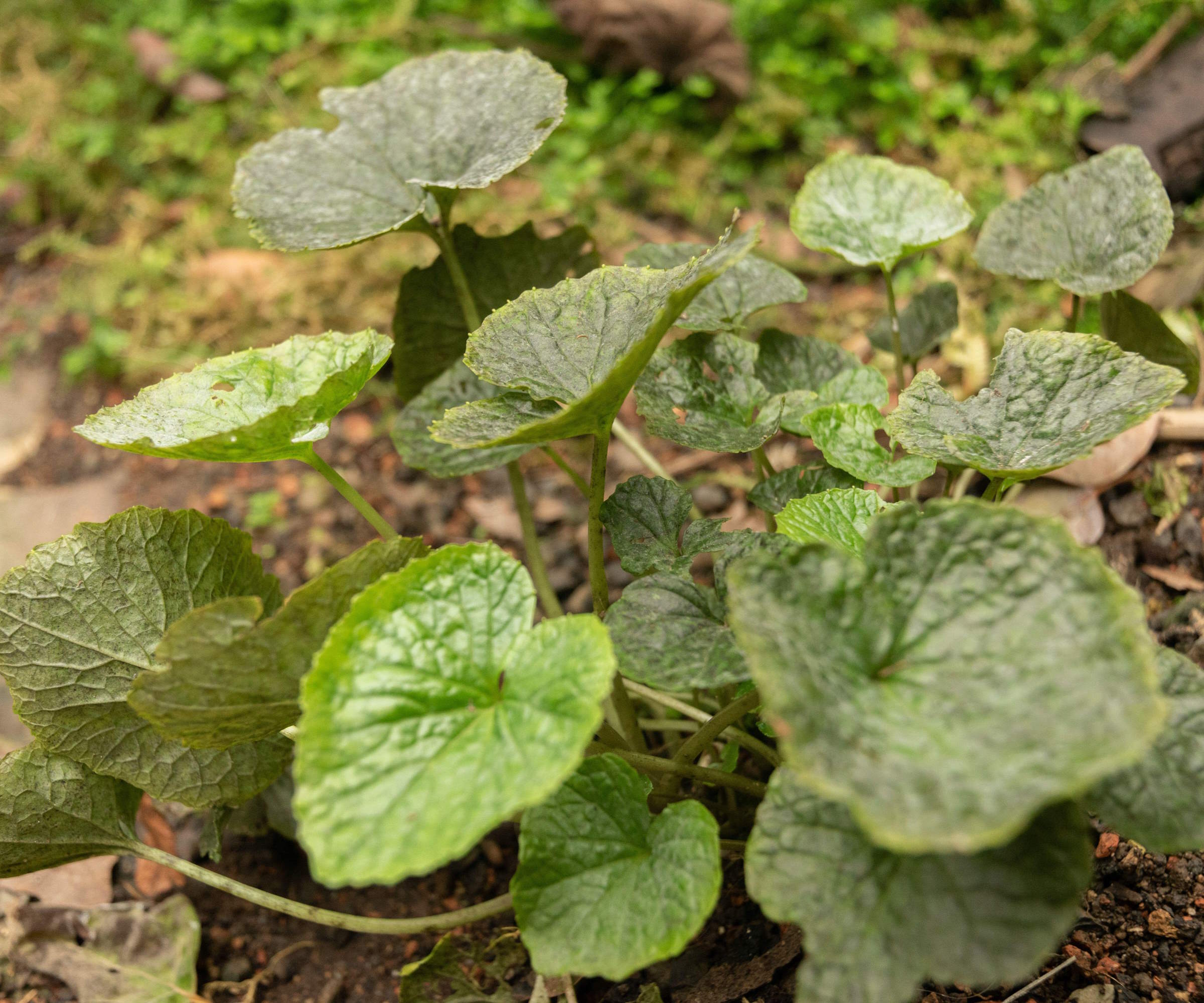
Why is wasabi so difficult to grow?
It is the environment that plants want to grow in that causes most issues for anyone wanting to add wasabi to their backyard ideas.
It is a plant that loves shade and is intolerant of direct light, as well as being very sensitive to temperatures and wanting a consistent range of 45°F to 70°F.
This means finding a perfect spot can be difficult for growers in many US hardiness zones and is a reason why it can be more convenient to grow wasabi in a container garden, so it can be moved around the garden if the light and heat stray outside of its comfort zone.
How do you know when to harvest wasabi?
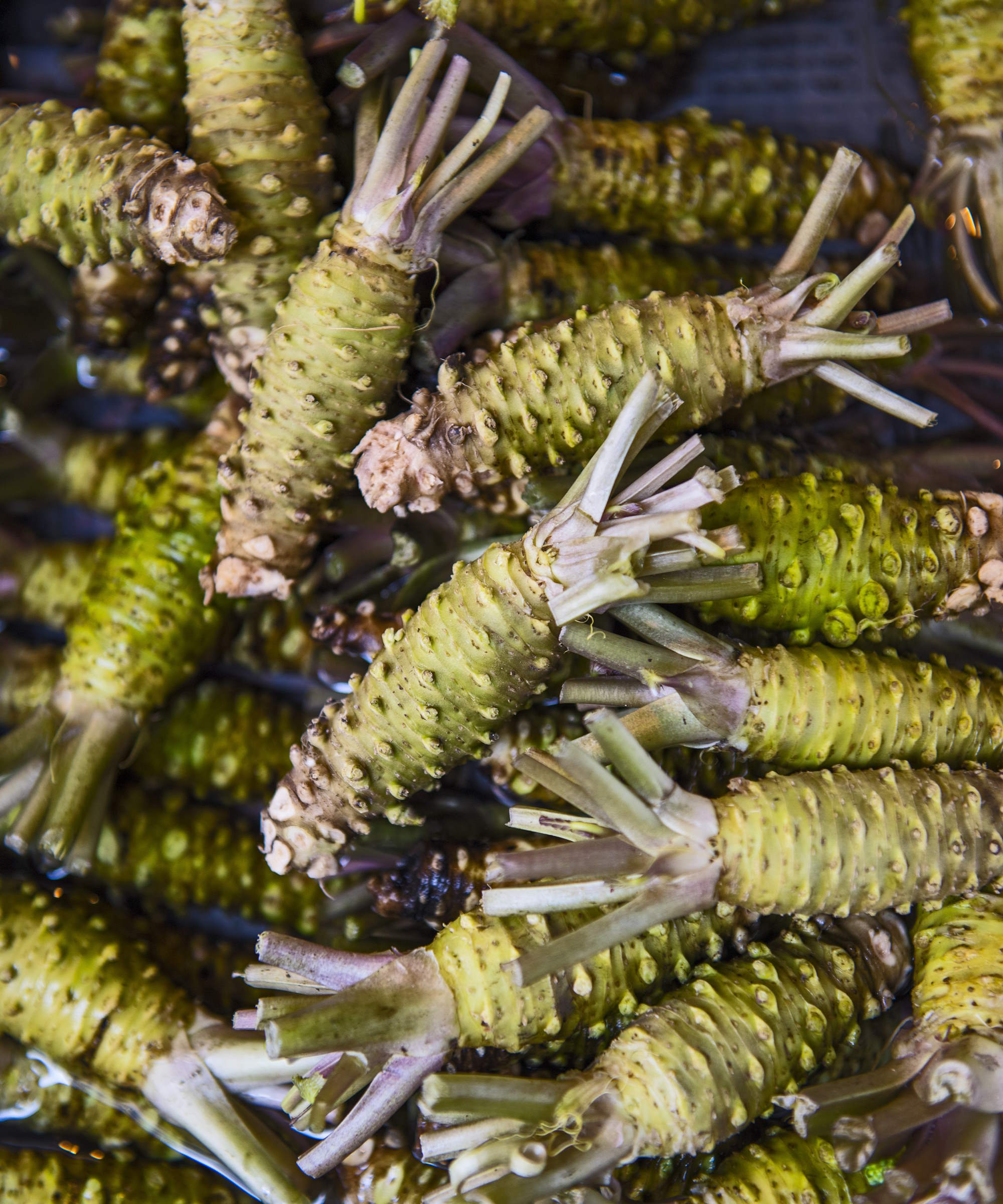
It can be a long process to get a harvest of wasabi and does require patience. Even if you do give it the shady spot it aspires for, and get the temperatures spot on, it also requires constant moisture when growing and to be fed every two or three months.
The time it takes to get to the point of a first harvest may be something that puts many potential growers off cultivating wasabi.
Itamar Ben-Dor, founder of Green Life, says ‘the rhizomes are ready for harvest once they reach a desirable size, usually after one to two years of growth’.
One simple way to tell if it is ready is to dig up a test rhizome. After 12-24 months of growing and nurturing, a good root that is a size worth harvesting wants to be around six inches long and two inches wide.
The color will also be an indicator as ideally it wants to be a medium-green color. A lighter green rhizome is still perfectly harvestable but will not have the full spicy wasabi flavor.
If the test rhizome passes the test and is large enough to warrant being harvested, then you can dig a clump up - but rest assured that you can replant smaller rhizomes for future harvests.
Another tell-tale sign that the underground rhizomes might be ready can come from the above-ground foliage. Alexander Testel from Frugal Frontier says: ‘Harvesting is ideal when the stalks are about 4-5 inches above the ground and 1½ inches thick’.
How to harvest wasabi root
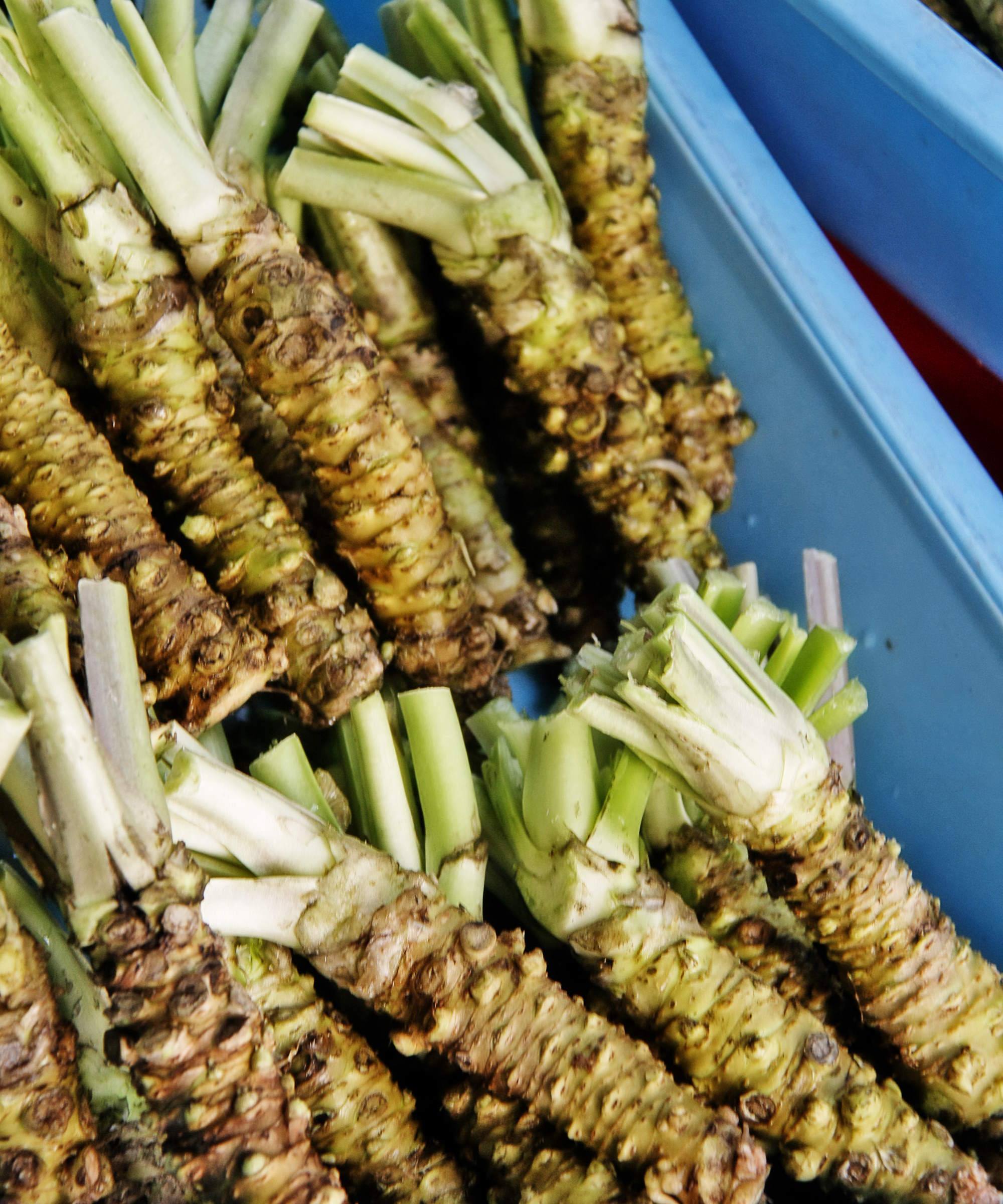
Care needs to be taken when harvesting wasabi to avoid causing any damage to the precious roots. The ideal garden tool to harvest with would be a clean and sharp digging spade, so you can gently get underneath and separate the rhizomes.
A good time to harvest wasabi root would be in the spring or fall, when the soil is moist and the rhizome will be easier to get out of the soil. Attempting to harvest when the ground is hard in summer will be more of a struggle and a harvesting mistake that risks snapping the roots.
‘Harvesting wasabi is a delicate process,’ says Itamar Ben-Dor. ‘Gently unearth the rhizomes, taking care not to damage the delicate roots. Harvest only what you need, allowing the remaining plants to continue thriving.’
To harvest wasabi root, gently dig around the plant to lift the entire plant from the soil. The large rhizomes can be cut from the base and also gently split from the smaller offshoots - which can be replanted to continue to grow for a future harvest. Harvesting in moderation will allow the clump to regrow.
A hard-wearing spade with a solid forged carbon steel head and a weatherproofed hardwood shaft for a long lifespan. This strong and durable spade will be ideal for all your gardening needs for many years
How to harvest wasabi greens
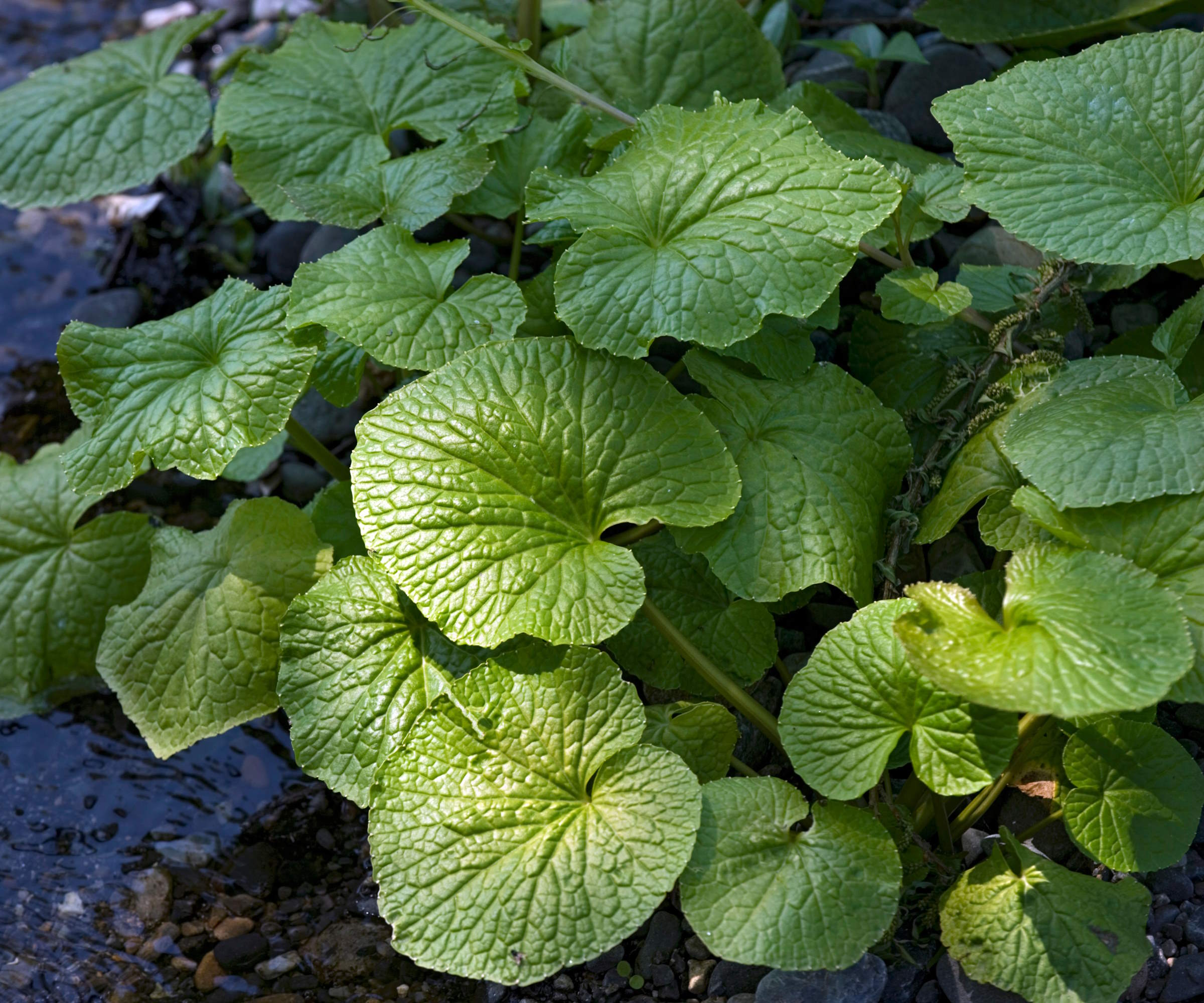
Alex Testel adds that ‘remarkably, wasabi is edible at almost every growth stage’ and that includes the leafy greens and the leaf stems. These have a milder flavor than the wasabi rhizome and they can be eaten raw or used in cooking. The flowers of wasabi that appear in spring are also edible.
While you must wait at least a year to harvest the rhizome after planting, the greens can be cut after just a couple of months. The foliage grows all the way through from spring into fall. Harvest them little and often, cutting them using a clean and sharp knife, as you wait for the rhizomes to bulk up and provide a harvest.
The experts at Oregon Coast Wasabi recommend ‘when you harvest wasabi greens make sure to leave the little leaf that is sprouting from the very top center of the plant.’ Leaving the central growing point in place will ensure that the plant keeps producing more leaves.
FAQs
How long does wasabi last after harvesting?
Once you have harvested wasabi rhizomes, they can last for up to a month in a refrigerator. To store wasabi for longer periods it should be dried and ground into a powder. It is not advised to freeze fresh wasabi rhizomes whole, however, wasabi can be frozen if it is grated.
Wasabi is used to add flavor to many Asian dishes, as well as being the classic accompaniment to sushi. Another unusual vegetable popular in Asian cuisine that you may consider growing in a home vegetable garden is Chinese artichokes. These perennial plants are grown for their underground tubers and are best recommended for vegetable container gardens, as they can spread.







